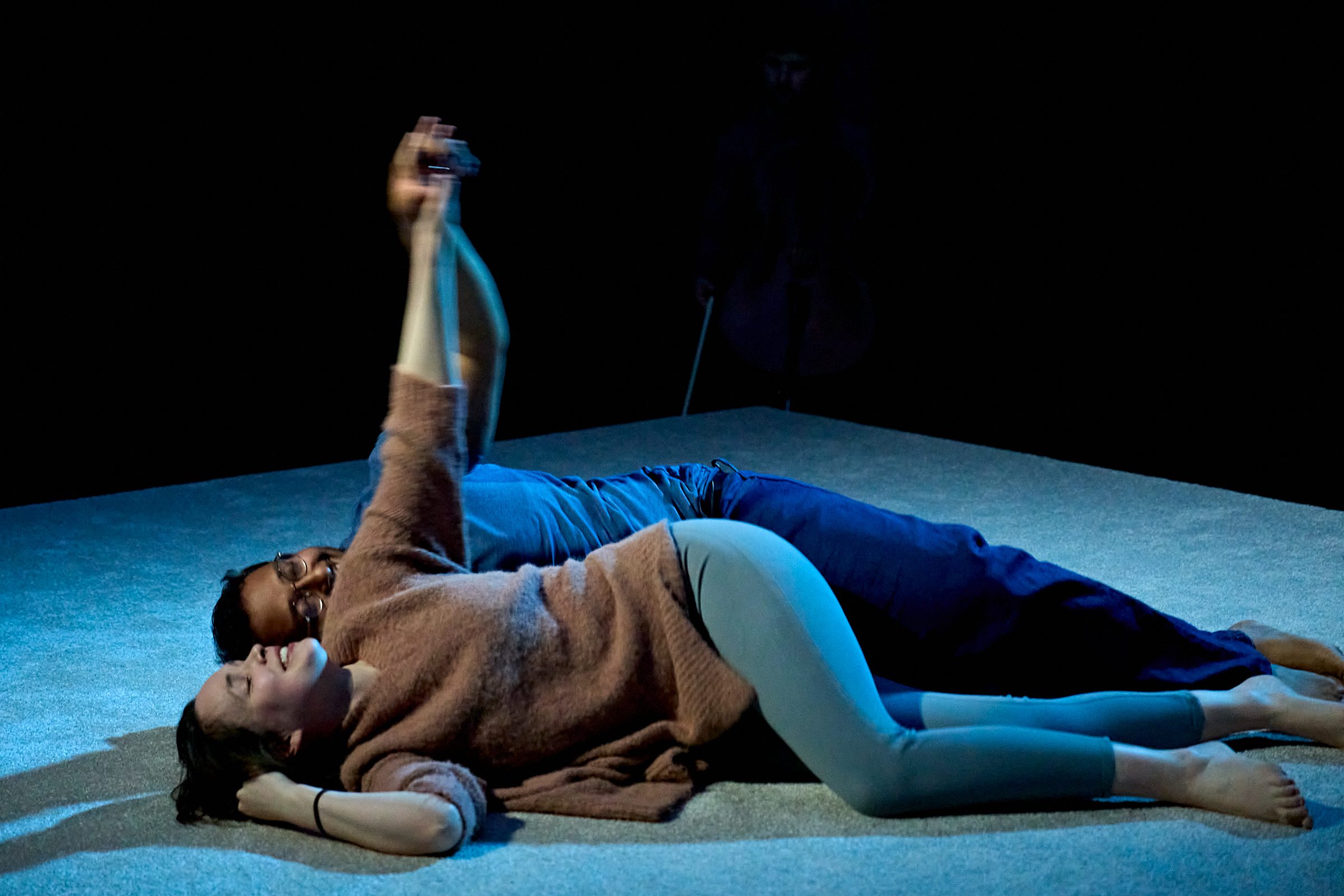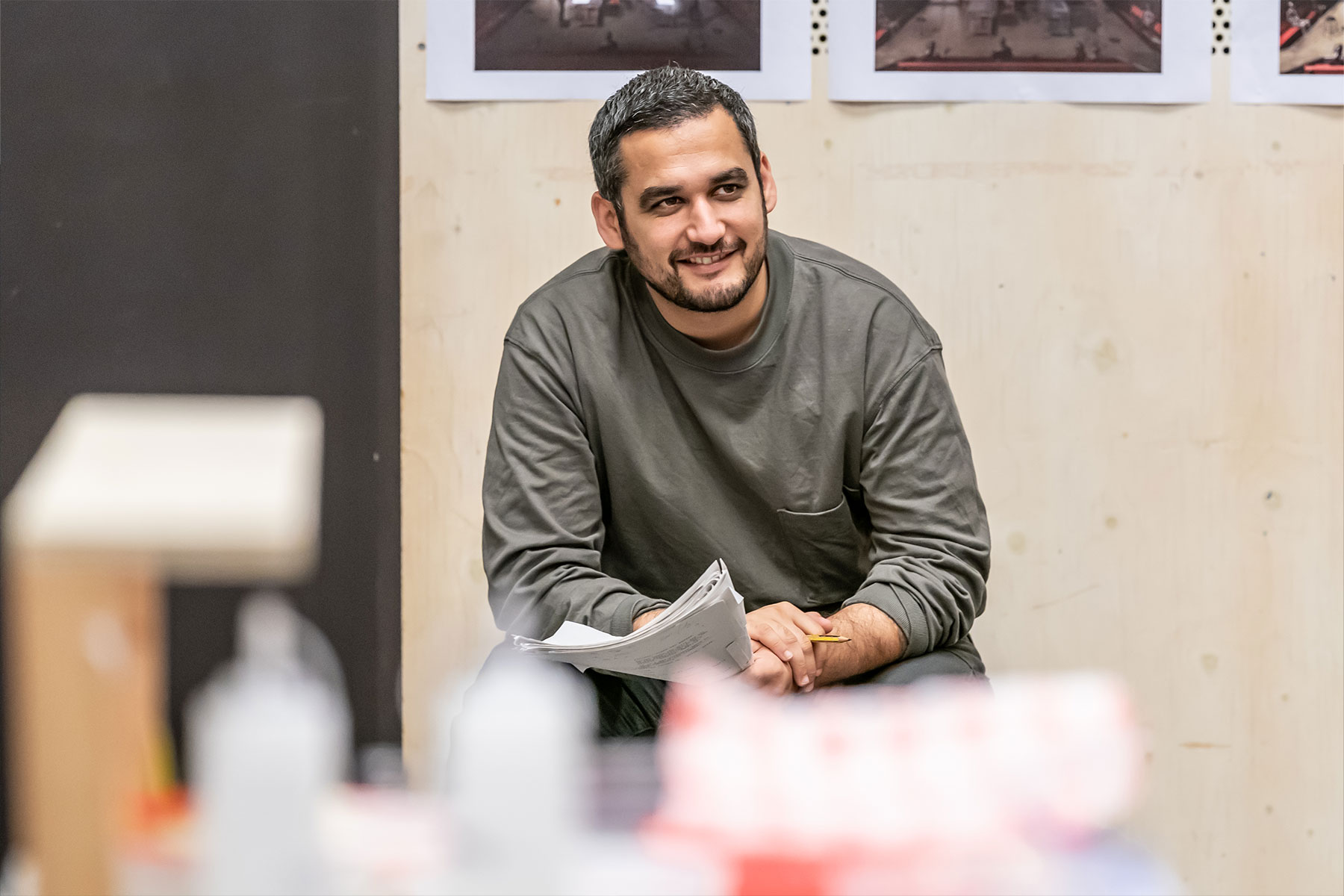Katrina
Katrina, the latest site-specific show from Jonathan Holmes and his cross-media company Jericho House, is an emotionally stirring if at times dramatically ill-judged production.
Set across four floors of the Bargehouse on Oxo Tower Wharf, the arrangement of the tiers is neatly done. The first is a tourist centre, advertising the familiar attractions of New Orleans pre-Katrina. We then ascend to a bar – the ‘Funky Butt’ – where various cast members make small talk as televisions relay storm warnings; Miranda (Wunmi Mosaku) takes to the stage and sings in defiance.
Her performance is interrupted by the breaking of the storm, and we’re shepherded upstairs to the third floor. Here the Funky Butt has been recreated to show the post-Katrina devastation: a wall has been breached revealing ghostly Mardi Gras masks; an Apocalypse Now poster hangs skewed on the wall.
Against this backdrop, we hear a variety of testimonies. Beatrice (Andrea Harris) is ferrying her dead husband along the flooded streets, desperate to take him to City Hall and avoid the “circle of hell” at the Superdome. Daniel (Joe Speare) was in prison the night of the storm, and had to break his way out. The aforementioned Miranda witnessed the police shooting at supermarket looters to claim the food for themselves.
This lengthy series of recollections become rather monotonous, lacking the texture of the impressively designed space in which they’re spoken. The sudden introduction of traditionally staged verbatim dialogue into a hitherto experiential piece takes some adjustment, and frankly it comes as a relief when we stretch our legs once more and move to the top floor.
It’s here that Katrina suddenly bursts into life, as we become the congregation in a New Orleans funeral (of Beatrice’s husband). A white-suited trombonist (who features throughout) leads a procession of mourning mixed strangely with elation; it’s fitting that we’re on the top floor, away from the water and looking to the future.
It’s the most inspiring moment in a piece which has many excellent touches. But overall it feels a little too much like a work in progress – lacking in cohesion, but stock full of potential.










